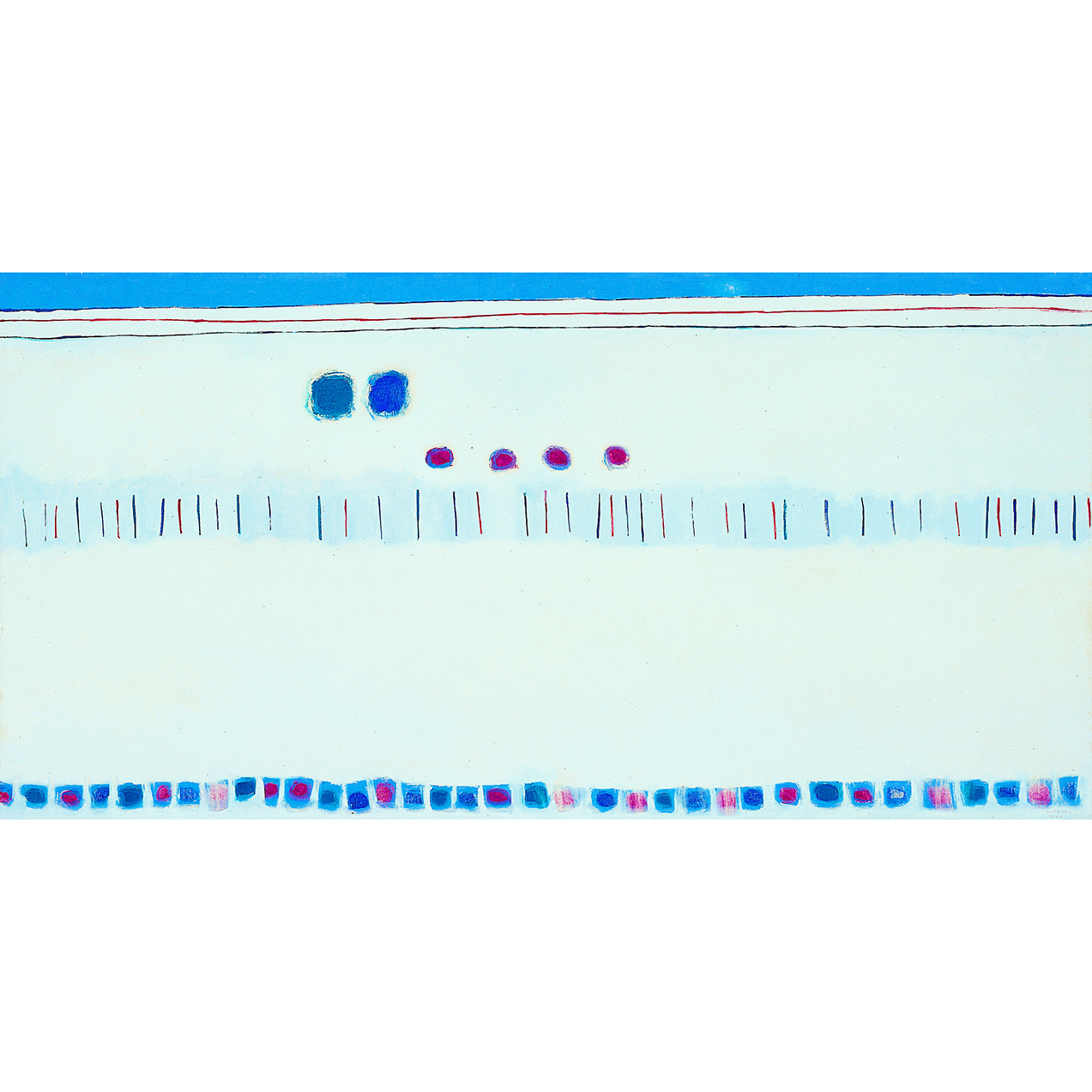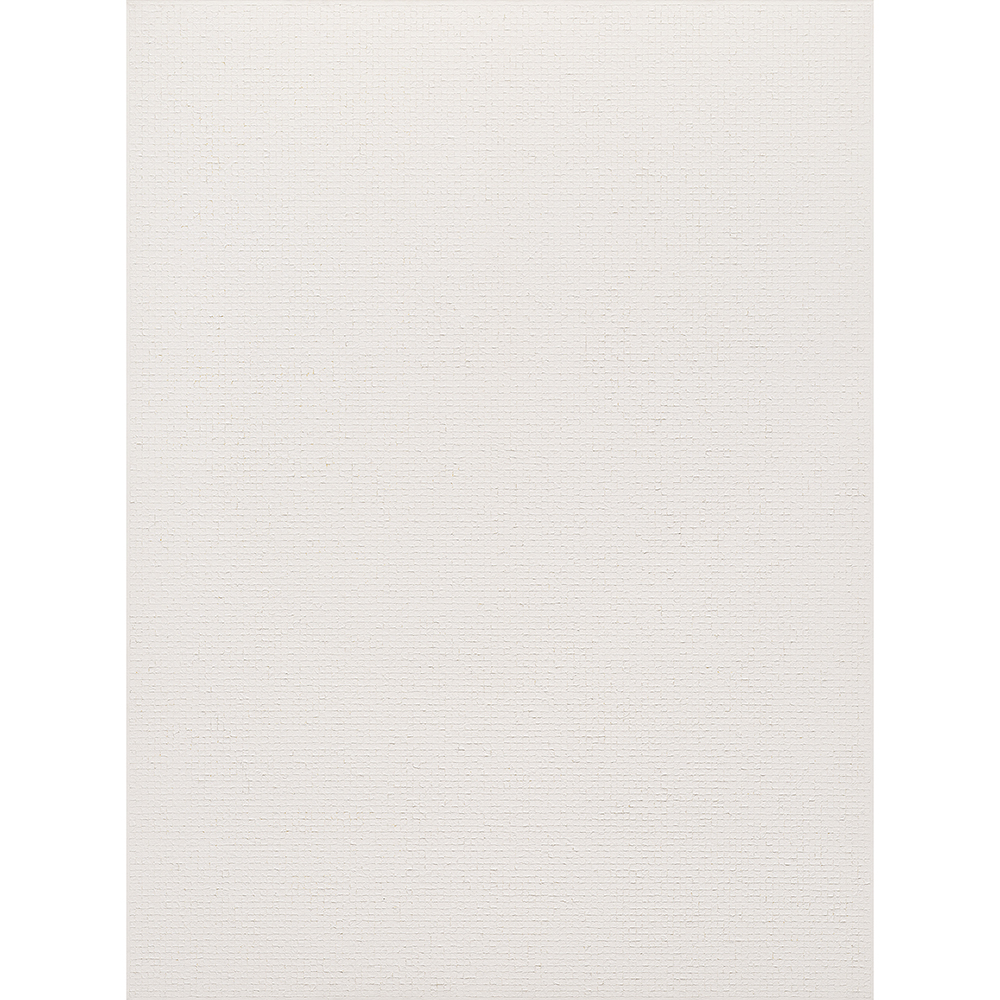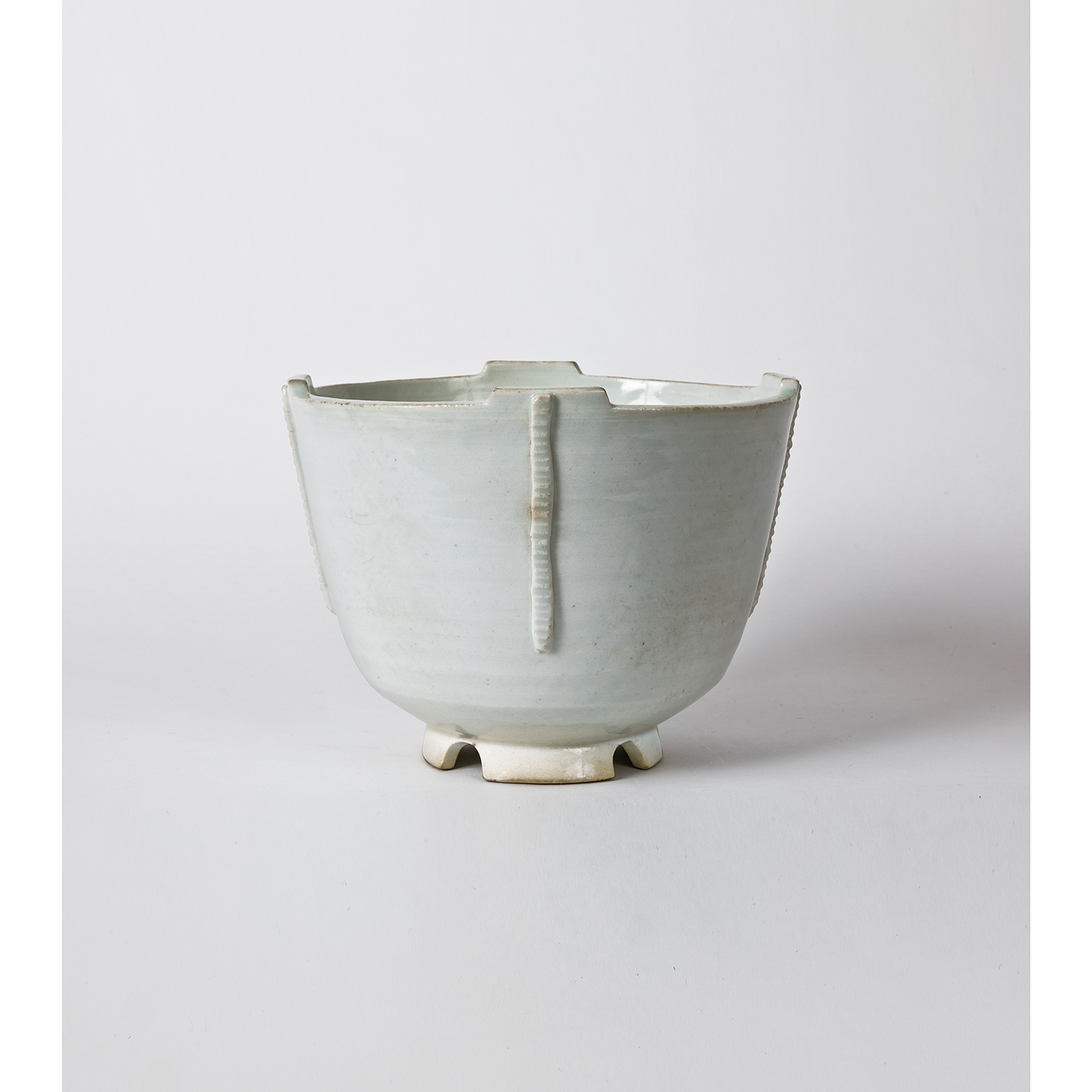Exhibitions

 Current
Upcoming
Past
Current
Upcoming
Past
Gallery Hyundai presents 《The Beauty of Joseon’s White Porcelain Jegi and Contemporary Art: An Encounter》 For more than a decade, Gallery Hyundai’s exhibitions exploring traditional Korean culture have received acclaim at home and abroad. Building on this legacy, the current exhibition offers a reinterpretation of Joseon Dynasty white porcelain jegi as artworks of outstanding sculptural beauty rather than simple historical artifacts, juxtaposing the vessels against works of contemporary abstract art to prompt discourse on the timeless nature of sculpture and form.
Jegi vessels claim an inherent austerity. Used in rituals of greeting the spirit world with respect and reverence, the aesthetics of jegi tap into a different plane altogether. Joseon Dynasty jegi in particular, designed to reflect the virtue of modesty, is composed entirely of clean, geometric lines and invariably white, without any decoration — a restraint of form adjacent to pure sculpture.
The abstract works of Whanki Kim, Chung Sanghwa, Yoo Hee-young are also characterized by an extremely restrained pursuit of form. No two dots are the same, no two whites are the same, and the blacks, too, are full of subtle variation. In other words, what these three artists have in common is the painstaking and repetitive labor of their hands, a process of monotonous accumulation through which they attain the goal of pure form, that same aesthetic of restraint.
The aesthetic world of Joseon white porcelain jegi is a unique and fascinating sculptural arena in its own right, but it takes on deeper and more meaningful dimensions when paired with the work of these modern masters of abstraction.
Through this exploration of the commonalities and differences between Joseon white porcelain jegi and contemporary art, tracing both the harmonies and conflicts between the two, we set out to discover an aesthetic world unique to Joseon white porcelain jegi that is as universal as it is original.





























